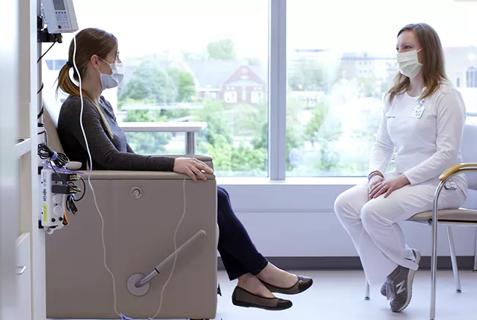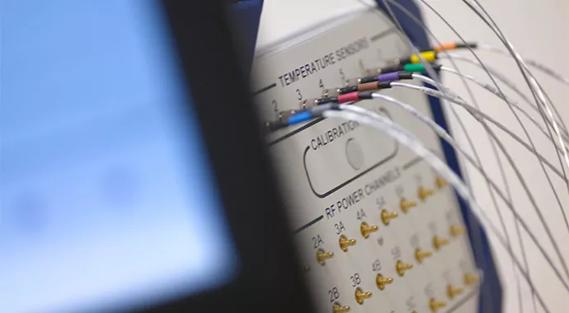Protocol helps to address emotional needs of patient when communicating unfortunate news.

Contributor: Mona Gupta, MD, Palliative Medicine and Supportive Oncology, Solid Tumor
Advertisement
Cleveland Clinic is a non-profit academic medical center. Advertising on our site helps support our mission. We do not endorse non-Cleveland Clinic products or services. Policy
With any difficult diagnosis, medical professionals may struggle with allowing patients to feel sad. It could be their own personal discomfort in not knowing how to help or because they lack training in how to communicate bad news.
Also, we need to be sensitive to the fact that when patients first get a difficult diagnosis, they are overwhelmed. We need to realize that they may be saying “yes” and nodding their head but the chances that they are integrating the information and getting back to us on their understanding of the cancer process are slim. Basically, patients are in shock.
It’s important to allow patients to express their emotions. If patients don’t express, they don’t deal well with their feelings. By giving them the space to feel whatever they feel, medical professionals do a great service for patients. Physicians need to allow the emotions to happen naturally without letting their own beliefs get in the way. It’s also important that they don’t medicate these patients too quickly because those feelings are the body’s natural way to cope.
Often medical teams are hesitant to give bad news and don’t speak in terms that people understand. But we need to communicate with patients in clear, understandable language. If we can deliver difficult news in the right way, patients take it better and process the news better. This means using appropriate body language and tone of voice with a focus on the patient (not doing three things at the same time). Besides your expertise, presence is the most important gift that you can offer to your patients.
Advertisement
When giving bad news, it’s important to make sure that there is time for discussion and questions. In my practice, we use SPIKES protocol for delivering bad news:
Advertisement
We need to recognize that cancer process is a series of challenges and obstacles that patients need to surmount in order to move on to grab the next challenge.
Advertisement
Advertisement

Palliative and Supportive Care Teams offer comprehensive care to improve the lives of patients facing cancer

Newer medications pivotal for improving gastrointestinal symptoms in patients with cancer

Helping patients with cancer struggling with depression, anxiety and other mental health issues

Majority of 1,000 patients seen in 2022 discharged home

Identifying the underlying cause key to successful treatment

Patient resources promote healthy living, management of late and long-term side effects

Research and clinical experience indicate that hyperthermia boosts the efficacy of radiotherapy

Reducing uncollectible revenue, financial burden